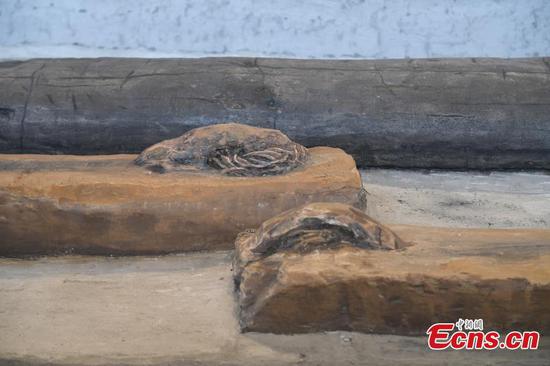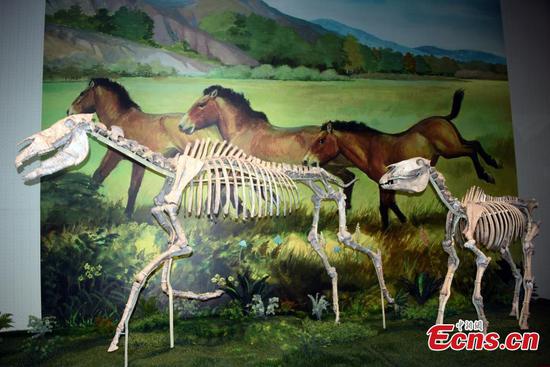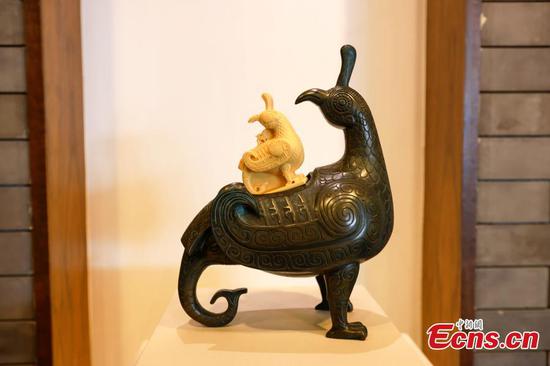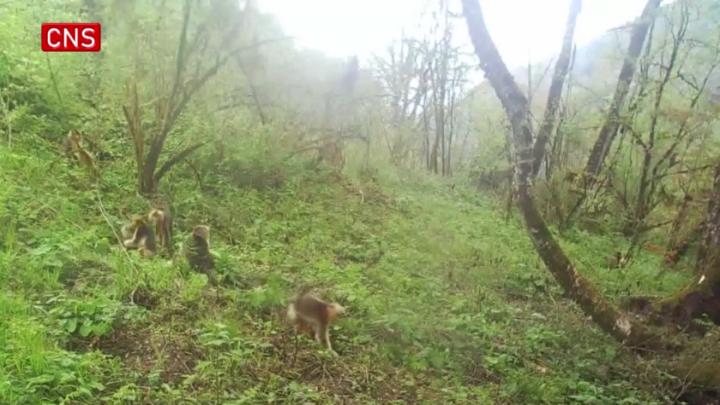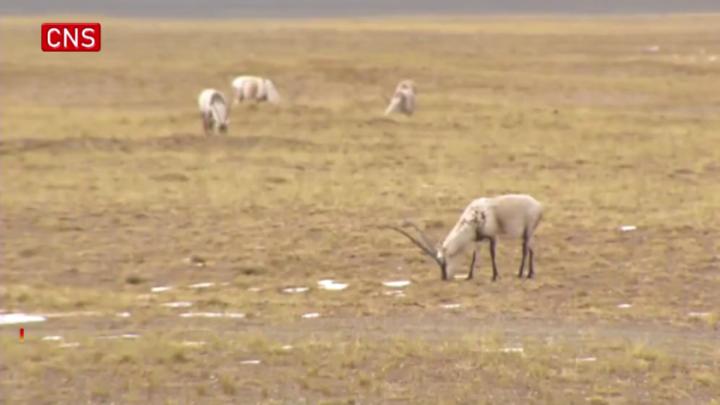(ECNS) -- A naming ceremony for fossils of a new giant rhino species, Paraceratherium linxiaense of 26,500,000 years ago, was held in Hezheng County.
Deng Tao, a research fellow of the Institute of Vertebrate Paleontology and Paleoanthropology, introduced the discovery and evolution of the stratum and geomorphology of the site.
The fossils of the species e were buried in the stratum right below a dead tree, Deng said.
In the early Oligocene, Paraceratherium linxiaense dispersed to South Asia through northwest China and its Pakistani descendants returned to Gansu and Xinjiang in the late Oligocene, Deng added.
It shows that the Qinghai–Tibet Plateau had not formed at that time, or it was below 2,000 meters then, failing to impede the dispersion of large mammals like giant rhinos.
A giant rhino weighed up to 24 tons, about the total weight of the four largest African elephants.
It is the largest land mammal known in the history of the earth.
It occurred 42 million years ago in the middle Eocene and died out 21 million years ago in the early Miocene.

















